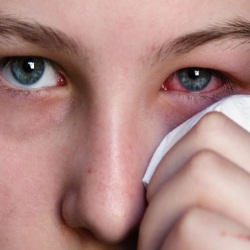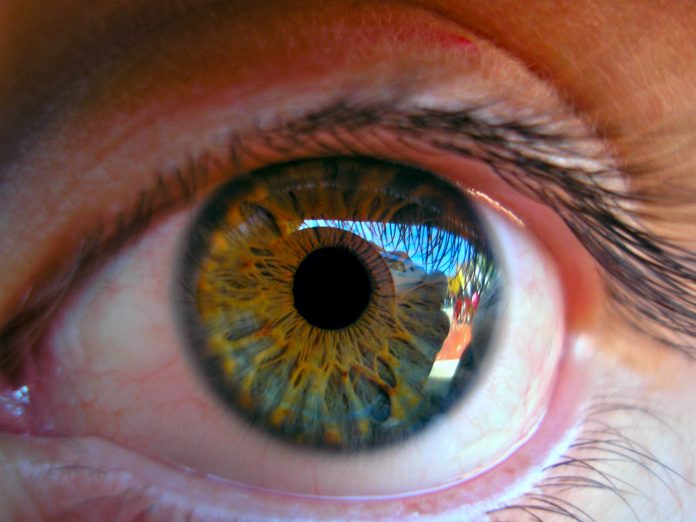Why do Dry eye cases peal in April ?
Dry eye can considerably impact a person’s quality of life by inducing burning, irritation and blurred or unclear vision. Dry eye the culprit behind red, watery, gritty-feeling eyes strikes most frequently in spring due to a rush in airborne allergens, a study says. In this ophthalmology journal they have provided information about Why do Dry eye cases peal in April ?
Dry eye cases reach a yearly peak in April, the study pointed out in journal ophthalmology. The lead researchers “Anat Galor”, associate professor of clinical ophthalmology at the bascom palmer eye institute at the university of Miami said that For the first time, They have found what appears to be a connection between spring allergens like pollen and dry eye, but also saw that cases rose in winter. Dry eye can significantly impact a person’s quality of life by inducing burning, irritation and blurred vision.
The latest discovery that allergies and dry eye conditions are linked suggests dry eye sufferers may benefit from allergy prevention in addition to dry eye treatments like artificial tears. For instance, wearing goggles outside for yard work and using air filters in-doors may stave off springtime dry eye, the researchers said.
The researchers have discovered in the journal ophthalmology that the correlation between allergies and dry eye by reviewing 3.4 million visits to eye clinics nationwide over a 5 – year period between 2006 and 2011.
During that time, doctors diagnosed nearly 607,000 patients with dry eye. Researchers also charted the monthly prevalence of dry eye compared to an allergy index over time and found seasonal correlation.
 A seasonal spike occurred each spring, when 18.5% of patients were diagnosed with dry eye. Another spike came in winter. Occurrence of dry eye was lowest in summer at 15.3%. April had the highest monthly occurrence of dry eye cases: 20.9%of patients seen were diagnosed with dry eye that month.
A seasonal spike occurred each spring, when 18.5% of patients were diagnosed with dry eye. Another spike came in winter. Occurrence of dry eye was lowest in summer at 15.3%. April had the highest monthly occurrence of dry eye cases: 20.9%of patients seen were diagnosed with dry eye that month.
The researcher team hypothesises that the winter rise in cases of dry eye may be due to low indoor humidity caused by people using heaters indoors without a humidifier to offset the dryness.
Photo credit: Guillermo Salinas / Foter / CC BY-NC-ND

